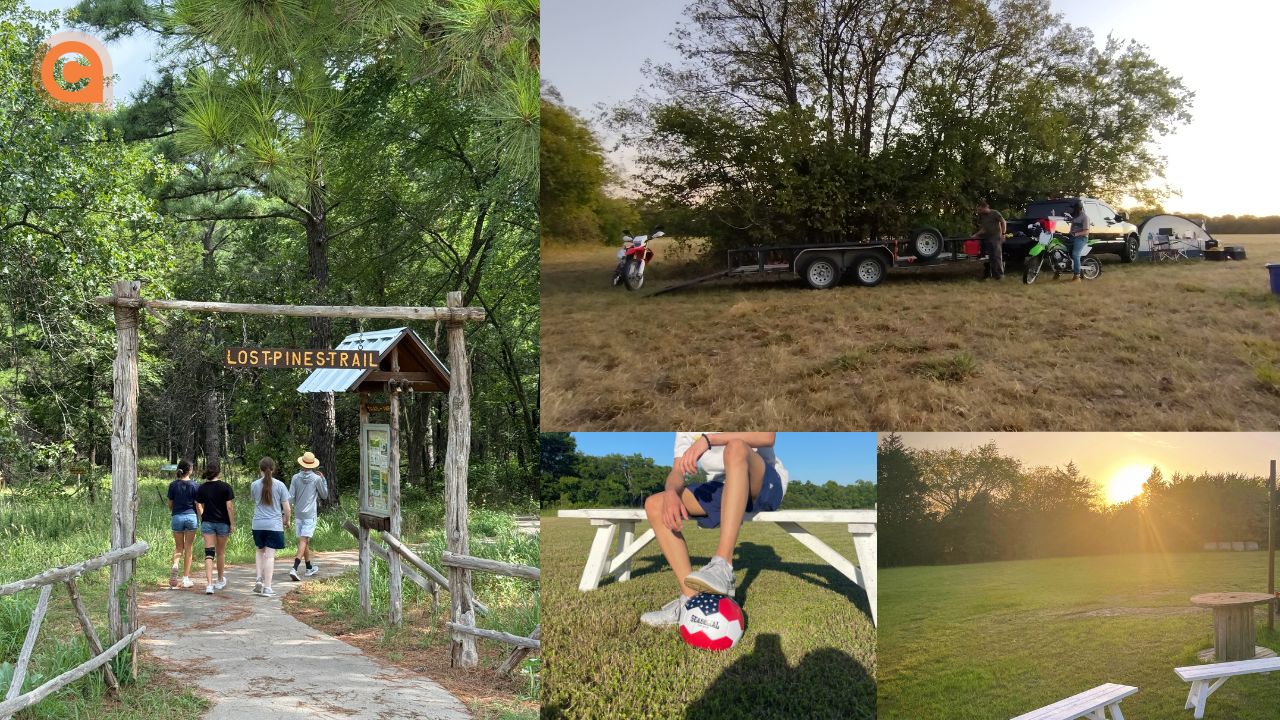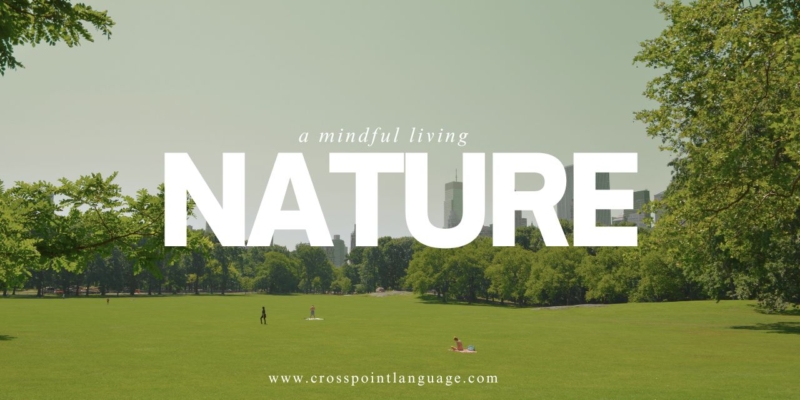Words Grow in Green Places: Why Nature Is Essential for Brain, Language, and Lifelong Development
By Mary Matlock at Crosspoint Language Group, LLC
As a professional interpreter, business owner, and homeschooling parent, I’m constantly reminded that true education goes beyond textbooks. It’s about nurturing the whole child.
Some of the most powerful lessons don’t come from a page. Rather, they happen in real life, often outdoors, where curiosity and growth flourish naturally… at least, in our home.
A recent large-scale study shared in The Epoch Times affirmed what many parents and educators already sense: access to green spaces like parks, trees, open skies can measurably impact a child’s brain development, especially in areas tied to language, motivation, emotional regulation, and attention.
As someone who works in language every day; interpreting high-stakes legal, medical, and community encounters; I know just how crucial those areas of the brain are. We often think of language as just a skill, but it’s also a culmination of many variables, like the fruit of healthy brain pathways. And those pathways are shaped not just by genetics or academics, but by environment.
The insula, prefrontal cortex, and temporal lobes (all connected to how we focus, communicate, and empathize) were shown to develop more robustly in children who had regular exposure to nature. Yes, even just a neighborhood park. That matters. Not just for test scores, but for how we listen, express ourselves, and connect with others.
This isn’t about being an environmentalist. It’s about being mindful and not taking for granted the simple, life-giving presence of green space in our children’s lives.
Whether through a morning walk, a backyard picnic, camping, or time spent in unstructured outdoor play, nature gives children the chance to slow down, to reset, and to grow; not just physically, but neurologically and emotionally. In short, nature is a developmental equalizer.

What Science Tells Us
Researchers at King’s College London analyzed brain scans from over 7,000 children, using data from the Adolescent Brain Cognitive Development (ABCD) study; the largest of its kind in the U.S.
They found that children who lived near greenery had:
• Larger prefrontal cortex regions, tied to planning and focus
• Growth in the striatum, which is crucial for motivation and goal-setting
• Increased cortical surface area and thickness in language-related areas, like the temporal lobes and the insula (which helps with emotion and attention regulation)
I believe communication is a bridge. A bridge between people, between cultures, and between generations. And healthy minds build stronger bridges.
Let’s teach our children to be lifelong learners…curious, thoughtful, and full of wonder. Invite them to slow down, to breathe deeply, and to notice how the trees sway when the wind moves through them…evidence of a world both beautifully designed and scientifically rich.
These aren’t just poetic thoughts. They are reflections of a created order, where science reveals patterns, and nature points us to something greater. And more importantly, these moments help shape the kind of future we hope to build for our families, our communities, and the world entrusted to us.
Source:
Miller, Cara Michelle. “Green Spaces Support Children’s Brain Development.” The Epoch Times, July 15, 2025. Read the full article here.

